
Do you have a question about the Claas QUADRANT 5300 and is the answer not in the manual?
| Model | QUADRANT 5300 |
|---|---|
| Bale Size | 120 x 90 cm |
| Number of Knotters | 6 |
| Bale chamber width | 1.20 m |
| Bale Weight | up to 500 kg |
| Bale chamber height | 90 cm |
| Engine Power | 160 HP |
Position piston at top dead center using flywheel and align identification marks on crank wheel.
Pivot knotter for maintenance; adjust clearance between pinion and disk (0.05-0.2mm).
Adjust knotter nose spring (33±1mm) and twine pincer flange spring (28±1mm), check roller contact.
Adjust roller using eccentric shaft for zero clearance with excrescent part; lever must contact pin.
Adjust ball joints on drive shaft to capture clearance, ensuring no displacement of twine guide finger.
Launch tying manually, align wheel axis, measure needle height (X=8±1mm), and adjust needle position.
Align round tie rods and cranks for top dead center needles; adjust tie rod lengths based on twine pincer flange measurement.
Ensure needles are parallel to knotter bodies, check needle guides for clearance (A=0.3±0.2mm).
Adjust clearance (B=8±1mm) between lever and stop using the ball joint and lock nut on both sides.
Adjust needle equalizer beam springs (27±1mm), needle shaft brake springs (27±1mm), and twine box brake springs (55-1mm).
Check twine tension by measuring distance between twine tension springs and bracket (50±20mm).
Retighten or replace knotter nose spring, check knotter nose tongue shape.
Check twine pincer flange setting, status, and use thicker or regular twine.
Clean/tense tensioner, adjust needle height/brake, check twine routing.
Check guidance horn status, twine guide finger adjustment, knotter flange status.
Check knotter nose/tongue, knotter flange, use thicker twine, check guidance horn.
Check pincer flange roller setting, use regular twine, reduce baling pressure.
Check pinion/disk clearance, knotter nose spring tension, pincer flange wheel status.
Reduce baling pressure, adjust pincer flange spring, use recommended twine.

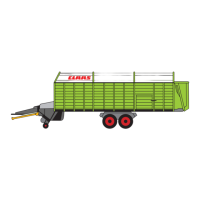



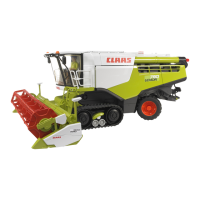
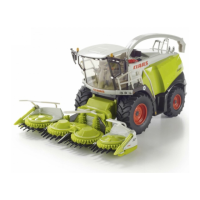

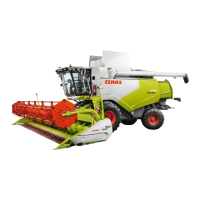


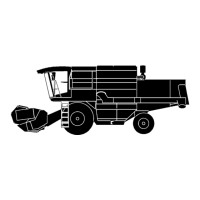
